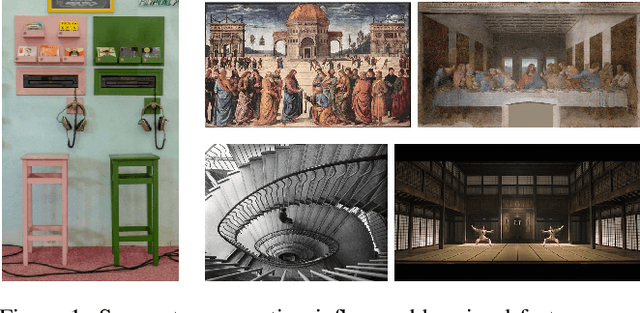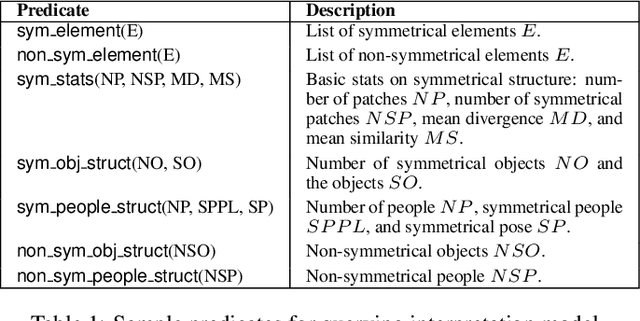Seyed Ali Amirshahi
Enhancing Content Representation for AR Image Quality Assessment Using Knowledge Distillation
Dec 08, 2024



Abstract:Augmented Reality (AR) is a major immersive media technology that enriches our perception of reality by overlaying digital content (the foreground) onto physical environments (the background). It has far-reaching applications, from entertainment and gaming to education, healthcare, and industrial training. Nevertheless, challenges such as visual confusion and classical distortions can result in user discomfort when using the technology. Evaluating AR quality of experience becomes essential to measure user satisfaction and engagement, facilitating the refinement necessary for creating immersive and robust experiences. Though, the scarcity of data and the distinctive characteristics of AR technology render the development of effective quality assessment metrics challenging. This paper presents a deep learning-based objective metric designed specifically for assessing image quality for AR scenarios. The approach entails four key steps, (1) fine-tuning a self-supervised pre-trained vision transformer to extract prominent features from reference images and distilling this knowledge to improve representations of distorted images, (2) quantifying distortions by computing shift representations, (3) employing cross-attention-based decoders to capture perceptual quality features, and (4) integrating regularization techniques and label smoothing to address the overfitting problem. To validate the proposed approach, we conduct extensive experiments on the ARIQA dataset. The results showcase the superior performance of our proposed approach across all model variants, namely TransformAR, TransformAR-KD, and TransformAR-KD+ in comparison to existing state-of-the-art methods.
Semantic Analysis of Visual Symmetry: A Human-Centred Computational Model for Declarative Explainability
Sep 14, 2018



Abstract:We present a computational model for the semantic interpretation of symmetry in naturalistic scenes. Key features include a human-centred representation, and a declarative, explainable interpretation model supporting deep semantic question-answering founded on an integration of methods in knowledge representation and deep learning based computer vision. In the backdrop of the visual arts, we showcase the framework's capability to generate human-centred, queryable, relational structures, also evaluating the framework with an empirical study on the human perception of visual symmetry. Our framework represents and is driven by the application of foundational, integrated Vision and Knowledge Representation and Reasoning methods for applications in the arts, and the psychological and social sciences.
* Preprint of accepted article / Journal: Advances in Cognitive Systems. ( http://www.cogsys.org/journal )
Color: A Crucial Factor for Aesthetic Quality Assessment in a Subjective Dataset of Paintings
Sep 19, 2016
Abstract:Computational aesthetics is an emerging field of research which has attracted different research groups in the last few years. In this field, one of the main approaches to evaluate the aesthetic quality of paintings and photographs is a feature-based approach. Among the different features proposed to reach this goal, color plays an import role. In this paper, we introduce a novel dataset that consists of paintings of Western provenance from 36 well-known painters from the 15th to the 20th century. As a first step and to assess this dataset, using a classifier, we investigate the correlation between the subjective scores and two widely used features that are related to color perception and in different aesthetic quality assessment approaches. Results show a classification rate of up to 73% between the color features and the subjective scores.
 Add to Chrome
Add to Chrome Add to Firefox
Add to Firefox Add to Edge
Add to Edge